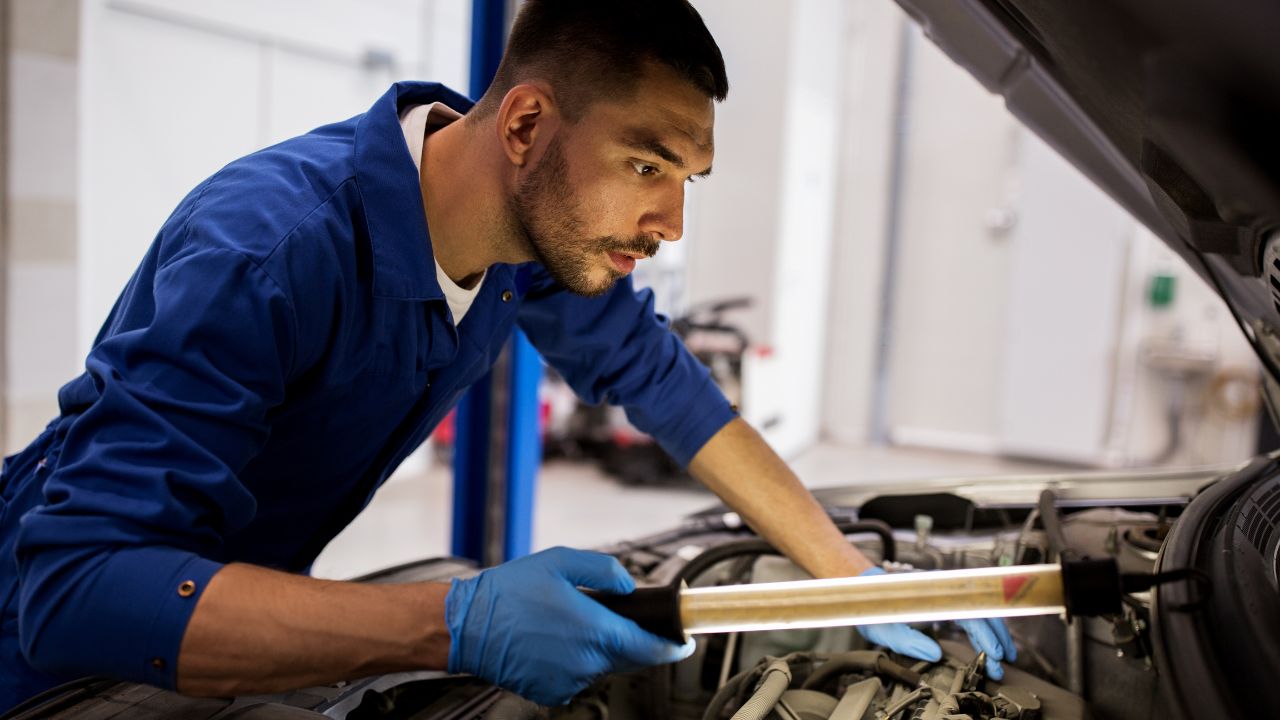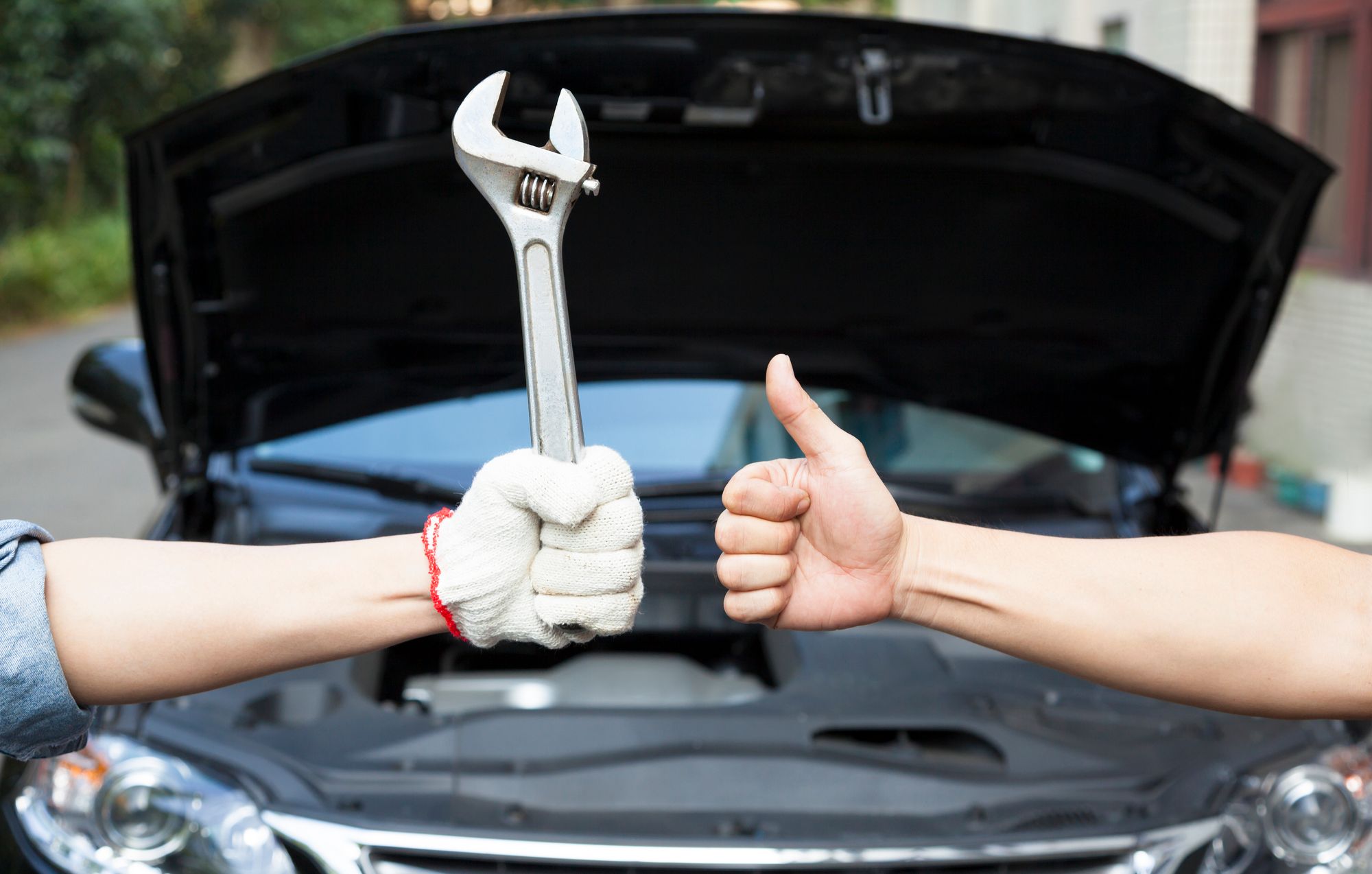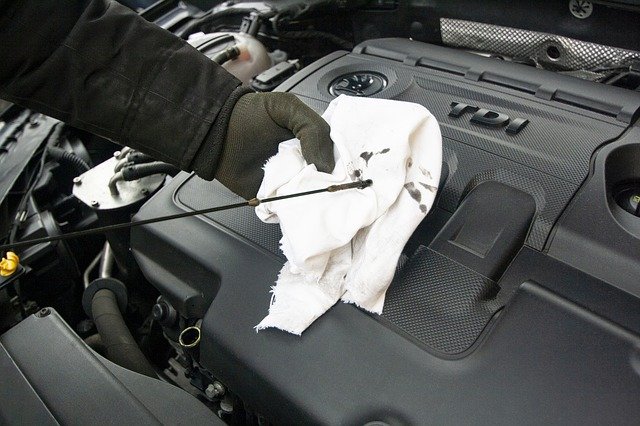
If you are interested in a career working as an automotive body paint technie, then you might want to look into schools that offer training. You will need a high school diploma or equivalent and to enroll in a postsecondary program in auto body painting. Demand for automotive body paint technician careers is high, and schools are offering training programs at automotive institutes, community colleges, and other career institutes across the country.
Associate in Applied Science degree
You might consider a degree as an Associate in Applied Science if you're interested in a career in automotive painting. This degree prepares students for employment in the auto body and collision repair industry. An accredited university in this field will award 77 credit hours. The courses you need to take in order for you to get your degree are listed below. Here are the prerequisites. For this program you must have at minimum a C grade for ENGL 1110G. You also need a GPA of 2.0.

Automotive collision repair students learn how to repair vehicles that have suffered non-structural damage. They'll also learn how waterborne paints are applied and how to use adhesives. The program also covers cycles time techniques. Graduates of the program are likely to be offered higher-paying positions in the field. They'll be more marketable than those without training. And as a bonus, in-state tuition is available for students from bordering states.
Certificate options
Certificate programs in car painting, body refinishing and auto collision repair are available. These programs can help to make a career out of the auto industry. Many programs are accredited through third parties. A course can be completed in as little as nine months. You also have the option to complete a shorter program and earn an associate's degree. For more information about the certification programs offered by schools, please contact them.
You can choose from a variety of certificate programs. The Auto Body and PaintTechnology Program will equip you with the necessary skills to work within the automotive body and paint industry. Learn how to estimate and complete a paint job. You'll also learn how to use high-tech equipment. You'll also learn how to weld, straighten frames, repair fiber-glass, use a computerized paint mixing system, and complete a vehicle repair job. This course will also allow you to earn ASE/AYES certification.
Salary
There are many aspects to consider when choosing the best car painting school. A painter earns an average $49 2,88 per year. The amount of compensation depends on many factors such as the cost of living, the painting skills, and other factors. The location and the experience of the artist will determine the salary. This article will cover the most important factors that impact the salary of a painting professional.

The U.S. Bureau of Labor Statistics predicts that the auto body painting industry will grow by six per cent by 2028. The national average is slightly slower. The average auto body painter works five days per week. In some areas, they may be able to work part-time. Look for an accredited school that teaches automotive painting. Once you have completed your car painting school, the salary for your trade will likely increase substantially.
FAQ
Is it really worth becoming a mechanic.
This question is dependent on your life goals. If you are looking to make money, then yes. But if meaning and purpose is what you seek, then no.
If you don’t have any mechanical skills, it’s pointless to get into it. It will just waste your time. It will not make you rich. You won't become famous. It's unlikely that it will change your life.
It would take you years to learn how to do everything correctly. Also, you would need to hire someone else to fix it if it broke down. It's the reason most people don't bother. They find something else to do.
To sum up, if you want to earn lots of money then go ahead. If you are looking for a fulfilling life, however, then stay clear of the mechanics' industry.
What are the requirements for an automobile technician?
You need to have high school diploma or GED and good grades in English as well as maths. You also need to be able to read and write well. You will need to pass a written test and then go through a series of practical exams before being allowed to start work.
What length is an automotive mechanic apprenticeship?
It takes approximately three years to complete an automotive mechanic apprenticeship. This includes two year at school as well as two years as an apprenticeship. The first year is dedicated to learning the theory and practical skills of the trade. You'll also learn how tools can be used safely and efficiently during this year. After the completion of the first year, you will spend another year on the job training. Here you'll gain valuable experience in different trades. These periods will also give you the chance to take formal courses.
The final year of the program is spent gaining qualifications and becoming certified in the field. These include NVQs, which are obtained after passing industry-specific exams. In addition, there are HNCs (Higher National Certificates) that cover general subjects such as management, business administration, and customer service. Finally, there are City & Guilds certificates that are offered for those who wish to become qualified in certain trades.
Statistics
- Apprentice mechanics earn significantly less hourly than mechanics who have completed training, with a median wage of approximately $14.50 an hour, according to PayScale. (jobhero.com)
- The U.S. Bureau of Labor Statistics (BLS) reports that the job outlook for automotive service technicians and mechanics is expected to decline by 4% from 2019 to 2029. (indeed.com)
- 52% of Mechanics in the United States think their salaries are enough for the cost of living in their area. (indeed.com)
External Links
How To
How to properly diagnose and repair your vehicle
To determine if your car needs repairs, you should first look at the symptoms that your car presents. You can then follow these steps for a proper diagnosis of your vehicle.
-
Check engine lights. Inspect the dashboard light indicators. These include the engine lights, the oil pressure gauge and the battery light indicators. The RPM gauge and coolant temperature gauge should also be checked. If any of these indicators have been flashing continuously for several days it could mean that there is something wrong with your vehicle.
-
Check the treads of your tires. Tires can become worn and cause problems in handling and braking. It is also important to inspect the wheel treads. They should be clean and smooth. The best way to do this is to remove the wheels and take them off. A flashlight can be used to check how worn the treads are.
-
Check the level of brake fluid. You should always keep track of the amount of brake fluid in your vehicle. This will ensure your brakes function properly. If your brake fluid level is low they might not work properly when you apply pressure.
-
The suspension system should be tested. Most vehicles have a suspension system that absorbs shocks and vibrations. It gives you better control and allows for smoother accelerations and decelerations. It might feel uncontrollable or wobbly if your vehicle is suffering from a suspension problem. You can test if your vehicle has a suspension problem by putting weight on either the front or back axle to see how it moves.
-
Examine the steering column. Steering columns are used to connect the steering wheel to the rest of the vehicle's components. Accidents often damage steering columns. You should replace your steering column if it feels loose or unstable.
-
Pay attention to the exhaust pipe. Exhaust pipes help move gases from the combustion chamber to the atmosphere. Exhaust pipes that are cracked or leaking can allow harmful fumes to enter your cabin. Additionally, your tailpipe should be fixed immediately if it is bent.
-
Look under the hood. Look underneath your hood to see if anything looks strange. Your engine could be leaking fluids. If you smell something strange coming from your engine compartment you should call a professional technician.
-
Check the air filter. The air filter in your vehicle collects dirt and dust from the environment. Your vehicle will run less well if it has a dirty filter. Replace your air filter regularly.
-
Check the fan belt. The fan belt is the link between the engine and the transmission. If the fan belt fails, the engine won't start. It is easy to replace the belt. All you need are a screwdriver & pliers.
-
Make sure you inspect the radiator hoses and hoses. The radiator hose carries water from the radiator to the engine. It can cause hot liquid to leak onto the engine if it is damaged or cracked. To repair the hose, you will only need to use a pair needle-nosepliers and a wire brush.
-
Make sure you have the windshield wipers checked. Windshield wipers work by using electricity to remove rain and snow. They can leave streaks on your windows glass if they stop working. You can fix the problem by changing the washer fluid.
-
The battery cables should be checked. The battery cables provide power for the electrical systems in your car. If you are replacing batteries, disconnect the negative cord first. Failure to do so can damage your alternator.
-
Pay attention to your headlights. The headlights provide illumination for the road ahead. Poor visibility can result if the headlights don't function properly. Inspect the bulbs for signs of burnt out.
-
Be sure to check the lights. The lights are there to warn other drivers if they approach you at night. One that doesn't work could cause you to be distracted, and possibly lead to an injury.
-
You should inspect your brakes. Before you get in a car accident, your brakes will be slowing down your vehicle. If the brakes fail to work correctly, your car could lose control and collide with another vehicle.
-
Change your oil. Your engine will stay lubricated by the oil. It helps keep metal parts from getting too worn down. It is recommended to change the oil each month.